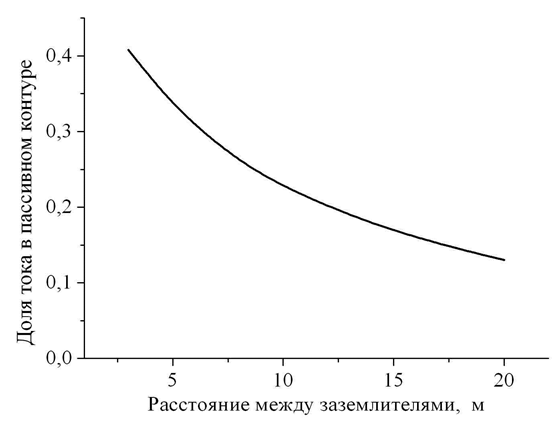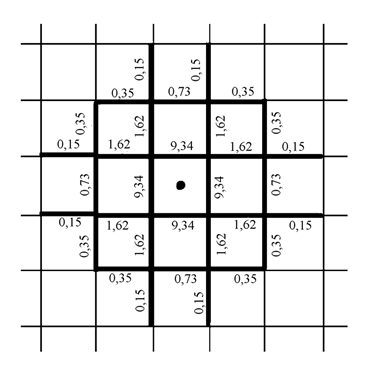From the series of articles "Grounding in lightning protection - answers to frequently asked questions in the design".
The requirement of an inpedendent grounding contour, not connected with anything, can be often heard from the users of expensive highly sensitive equipment. This requirement is fixed in EIC, for example, there is a ban on the placement of lightning rods on nearby portals of supply transformers. Is it really possible to make a ground electrode system with no galvanic connection with other underground electrodes? In a general case, the answer is definitely negative, because all underground electrodes are connected to each other through the finite conductivity of the ground. The only question is how strong this connection is, in the result of which a part of the lightning current from the lightning rod ground electrode system may not get to the ground electrode designated for this sensitive equipment. Computer modeling allows us to analyze the effects of galvanic coupling through the ground for any design of grounding electrodes.
First, let's consider a classical situation with a separate lightning rod, the ground electrode system of which is carried out strictly according to the instructions on lightning protection in AD 34.21.122-87. At the distance prescribed by the same standard, there is a reinforced concrete foundation of an industrial building with the dimensions of 50x50 m. In fact, it acts as a natural grounding device for the equipment and the electrical circuits of the building. According to the calculations in Fig. 22, at a typical acceptable distance to the foundation ~ 5m, about 35% of the lightning current branches out in it. The current of 35kA with an estimated lightning current of 100 kA can hardly be found safe for the unique equipment. Reasonanle relocation of lightning rod ground eelctrode to a greater distance won't change anything. Even a 20-meter relocation of the ground electrode system from the foundation can be really dangerous. It must be remembered that the risk increases with the growth of the overall size of the building. For example, to the object with a foundation of 100x100 m the same standard lightning rod grounding electrode, relocated to 5 meters, will send up to 45% of the lightning current, and about 60% to the grounding contour.

Figure 22
Доля тока в пассивном контуре - current share in a passive contour
Расстояние между заземлителями, м – distance between ground electrodes, m
Arrangement of an individual ground electrode system is complicated even more when the lightning rod is located directly on the territory of the technological grounding contour. Its central fragment is shown in Fig. 23. Here, the lightning rod ground electrode system can only be placed in the center of one of the cells at the distance of about 5 m from the horizontal buses. The numbers on each segment of the bus between the nodes - the percentage of the current that gets there from the ground electrode. In total about 60% of the lightning current is in the grounding contour, although it was not intended for this purpose.

Figure 23
E. M. Bazelyan, DEA, professor
Energy Institute named after G.M. Krzyzanowski, Moscow
Read more "Ground electrode sysem operation work in a pulse mode".
Useful materials:
- Series of articles about lightning protection for beginners
- Series of webinars about grounding and lightning protection with Professor E. M. Bazelyan
Related Articles:



